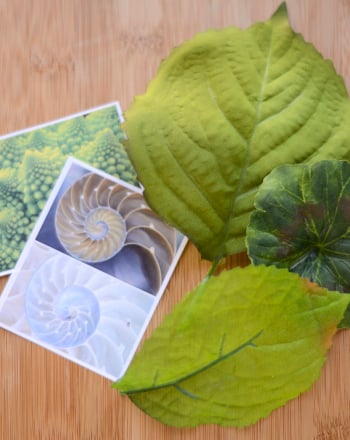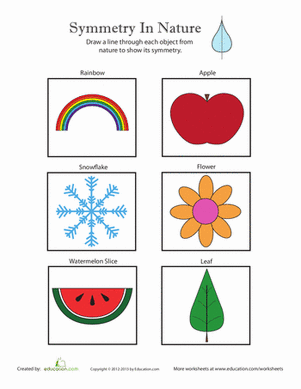Activity
Fractals in Nature
Type:
Biology, Mathematics
Objective:
This experiment will explore if and where fractals can be found in the natural world.
Research Questions:
- Do fractals occur naturally?
- How repetitive would these fractals be?
Introduction:
Fractals are a self-similar shape that mathematicians can create using algorithms on computers. Even though they’re infinitely complicated, fractals appear in nature quite often, on a smaller scale. This science fair projects will take you out of the computer lab and into nature to explore the beautiful world of fractals in your very own yard!
Materials:
- Digital camera
- Several different leaves
- Microscope
- Ruler
- Computer
- Journal
Experimental Procedure:
- Head outside and gather leaves from several kinds of trees. Find out what type of trees they are from, and record this in your journal.
- Take photos of each leaf, and then zoom in about half-way on each leaf and take another photo.
- Zoom in again, as close as possible, and take another photo.
- Now compare your photos. Do you see repeating, self-similar patterns? Do these continue as you zoom in closer and closer?
- Next, take your leaves inside and place them under the microscope. Look for repeating patterns, and then sketch the ones you find in your journal.
- Increase the magnification and sketch again.
- Repeat steps 6 and 7 for the other leaves. Then analyze the data, and note any repetition. Do the magnified images show the same vein patterning as the original leaf? Do certain species show more self-similarity than others?
- Attempt to write an equation for one of the leaves. Is there a way to calculate how the veins generally interact (does a new vein always appear halfway up a prior vein, etc.)?
Concepts: fractals, self-similarity
Disclaimer and Safety Precautions
Education.com provides the Science Fair Project Ideas for informational purposes only. Education.com does not make any guarantee or representation regarding the Science Fair Project Ideas and is not responsible or liable for any loss or damage, directly or indirectly, caused by your use of such information. By accessing the Science Fair Project Ideas, you waive and renounce any claims against Education.com that arise thereof. In addition, your access to Education.com's website and Science Fair Project Ideas is covered by Education.com's Privacy Policy and site Terms of Use, which include limitations on Education.com's liability.
Warning is hereby given that not all Project Ideas are appropriate for all individuals or in all circumstances. Implementation of any Science Project Idea should be undertaken only in appropriate settings and with appropriate parental or other supervision. Reading and following the safety precautions of all materials used in a project is the sole responsibility of each individual. For further information, consult your state's handbook of Science Safety.
Education.com provides the Science Fair Project Ideas for informational purposes only. Education.com does not make any guarantee or representation regarding the Science Fair Project Ideas and is not responsible or liable for any loss or damage, directly or indirectly, caused by your use of such information. By accessing the Science Fair Project Ideas, you waive and renounce any claims against Education.com that arise thereof. In addition, your access to Education.com's website and Science Fair Project Ideas is covered by Education.com's Privacy Policy and site Terms of Use, which include limitations on Education.com's liability.
Warning is hereby given that not all Project Ideas are appropriate for all individuals or in all circumstances. Implementation of any Science Project Idea should be undertaken only in appropriate settings and with appropriate parental or other supervision. Reading and following the safety precautions of all materials used in a project is the sole responsibility of each individual. For further information, consult your state's handbook of Science Safety.















